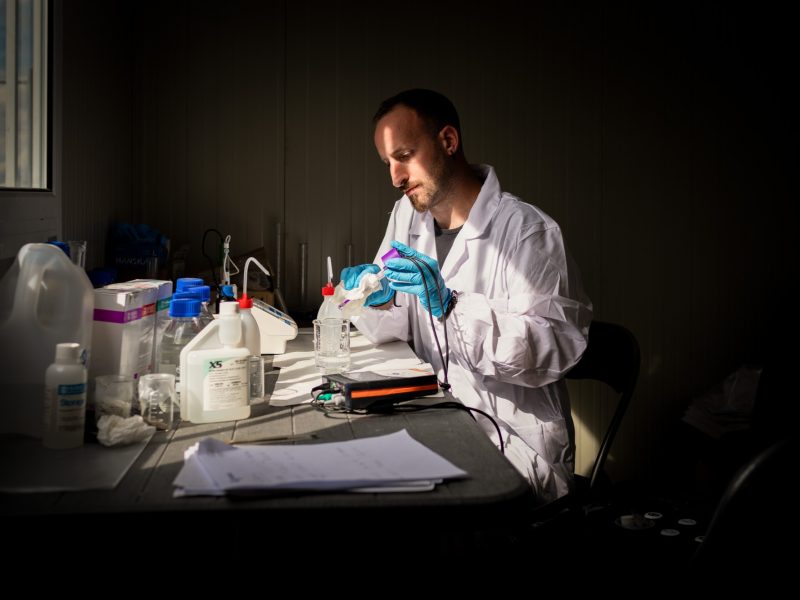Augusta storage project
Project overview
Limenet has developed its first industrial plant with a Technology Readiness Level of TRL 7
The plant was built in Augusta, Sicily and is able to remove 800 tons of CO₂ per year.
With this project, Limenet has validated the production of decarbonised calcium hydroxide based on Limenet’s patented technology.
The core of the technology is the electric calcination of calcium carbonate, and the permanent removal of CO₂ produced during calcination in sea water in the form of bicarbonates.
Decarbonized calcium hydroxide is used to reduce emissions for industries or other “hard to abate” emitters.
When
June 2024
Where
Municipality of Augusta, Sicily, Italy
Partner
Leone La Ferla Spa, Municipality of August, Port Authority of the Eastern Sicilian Sea
Removal capacity
100 kg/h di CO₂
Key impacts
-
Advance scientific research on Ocean Alkalinity Enhancement (OAE)
-
Transform Augusta into a hub for OAE and climate regeneration, starting from a location once marked by environmental degradation.
-
Create climate educational opportunities in an area distant from scientific hubs.
Scientific research goals
-
Chemical-physical characterization to determine the baseline characteristics of the seawater used by the Limenet process. The parameters analyzed include temperature, pH, CO₂ partial pressure, and salinity.
-
Together with our partner CNR of Messina, carry out eco-toxicological tests using treated seawater at the Limenet plant. This research has been co-financed by Carbon to Sea.
Community engagement
Limenet aims to engage the community to involve local citizens in the project and raise shared awareness on climate change and CDR solutions. We held public events both for students and adults to maximize our impact.
- 22nd March 2024 — Public engagement event to deepdive the causes and consequences of climate change, explore the role of CDR technologies to face this challenge and present Limenet’s project to the community. Click here to see the results of the final survey..
- 28-29th November 2024 — Event organized in collaboration with the local high school A. Ruiz as part of an educational program. The meeting had a twofold objective: on the one hand, to promote scientific dissemination on climate issues; on the other hand, to offer students a guided tour of the plant to illustrate its operation. Click here to see the results of the final survey.
- 14th March 2025 — Event organized with the school of Augusta and Limenet’s scientific advisor Stefano Caserini, and addressed climate mitigations strategies.
Why here
Augusta was strategically selected because of:
- Feedstock availability: high presence of fine calcium carbonate thanks to local quarries;
- Renewable energy: abundant solar and wind power;
- Institutional support: we have a four-year agreement with local authorities, including the Municipality of Augusta and the Port System Authority of the Eastern Sicilian Sea to make R&D on OAE;
- Space: in Augusta area there is a lot of space for potential growth;
- Scientific potential for OAE research: on one hand, Augusta is an environmentally degraded industrial area slated for remediation, on the other it is in close proximity to the city of Messina, characterized by high purity of the seawater. For this dual characteristic, Augusta lies at the heart of a well-developed scientific ecosystem and the region hosts several research institutions including CNR Messina and CNR Capo Granitola.

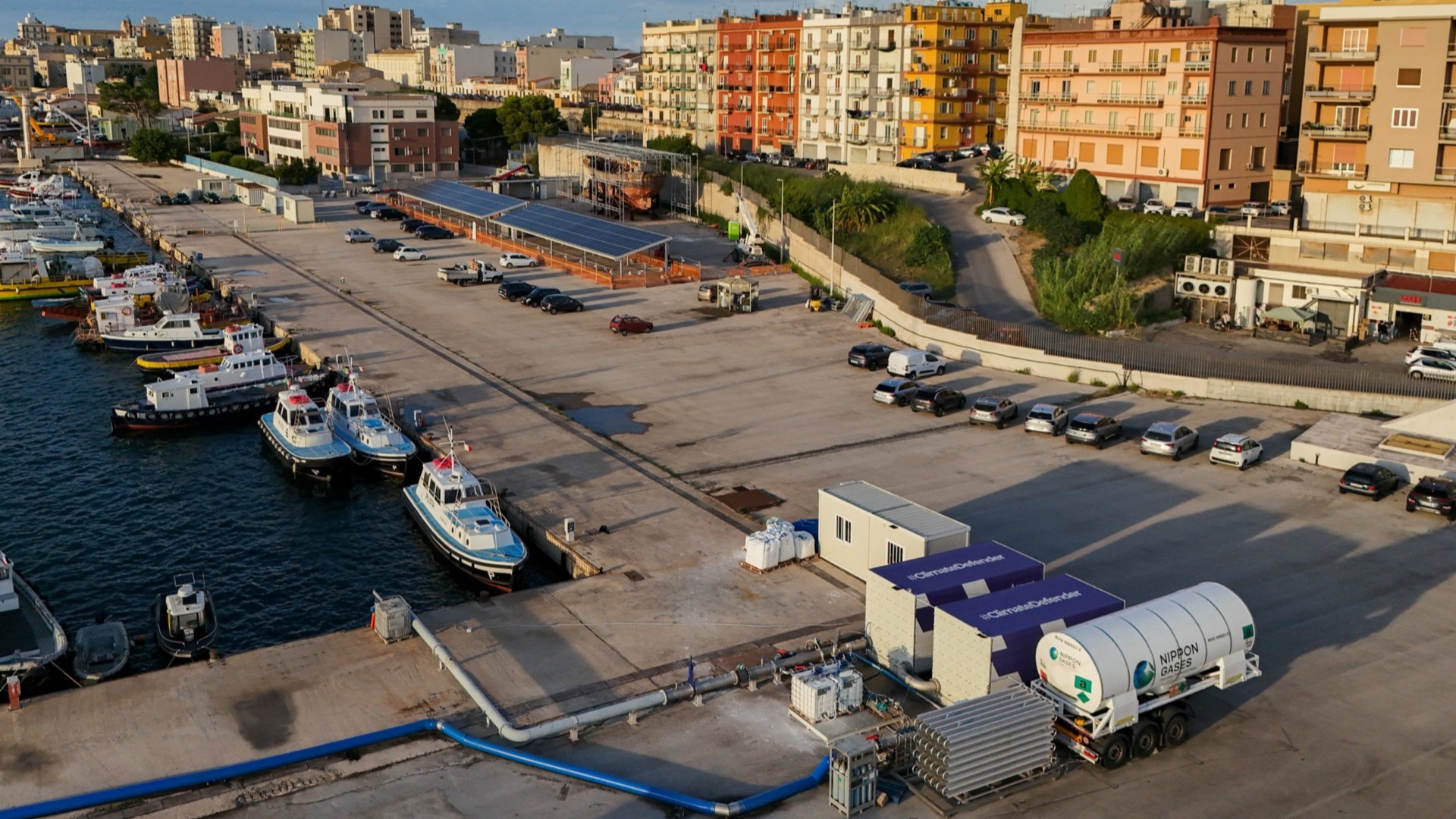
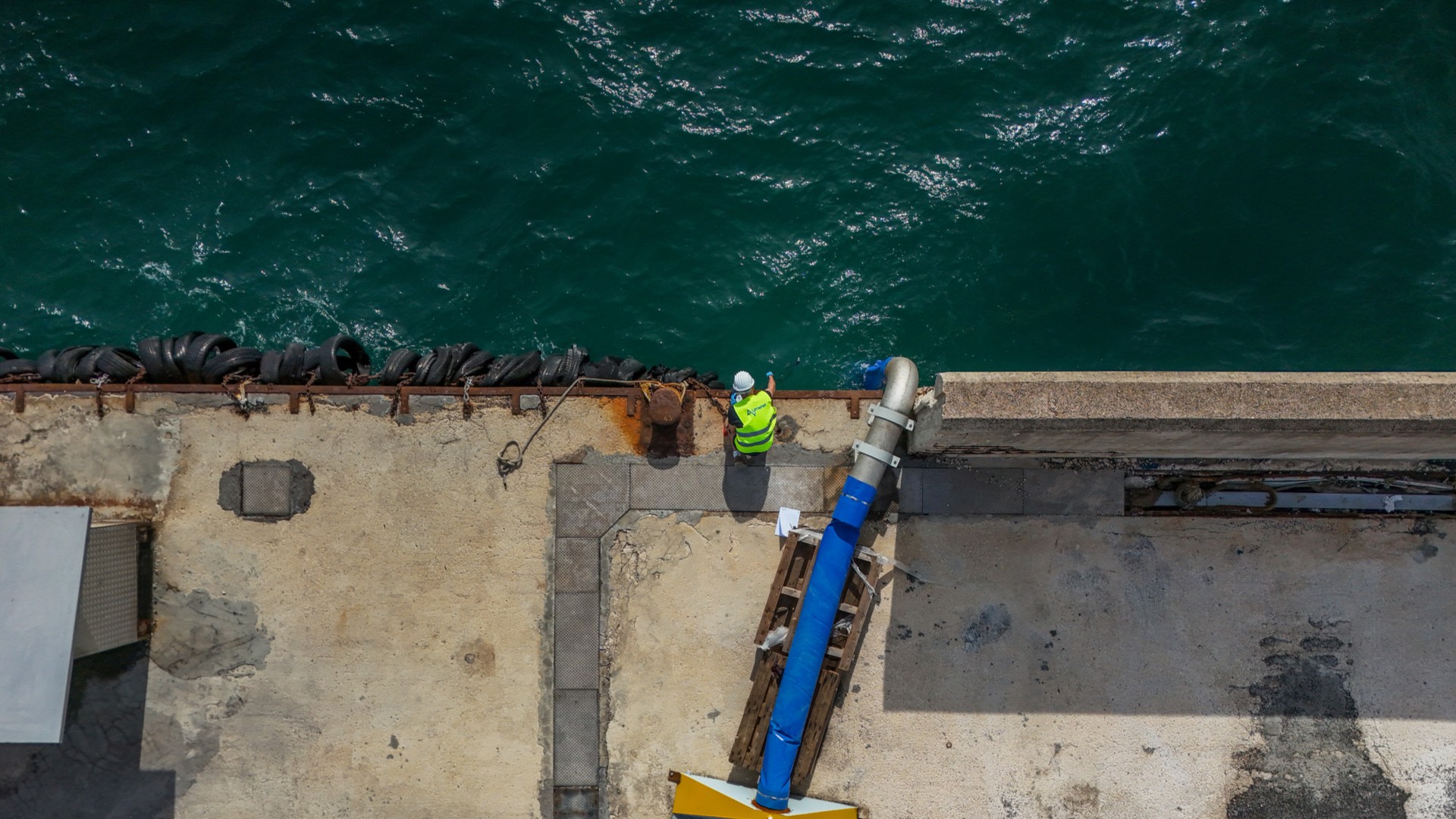
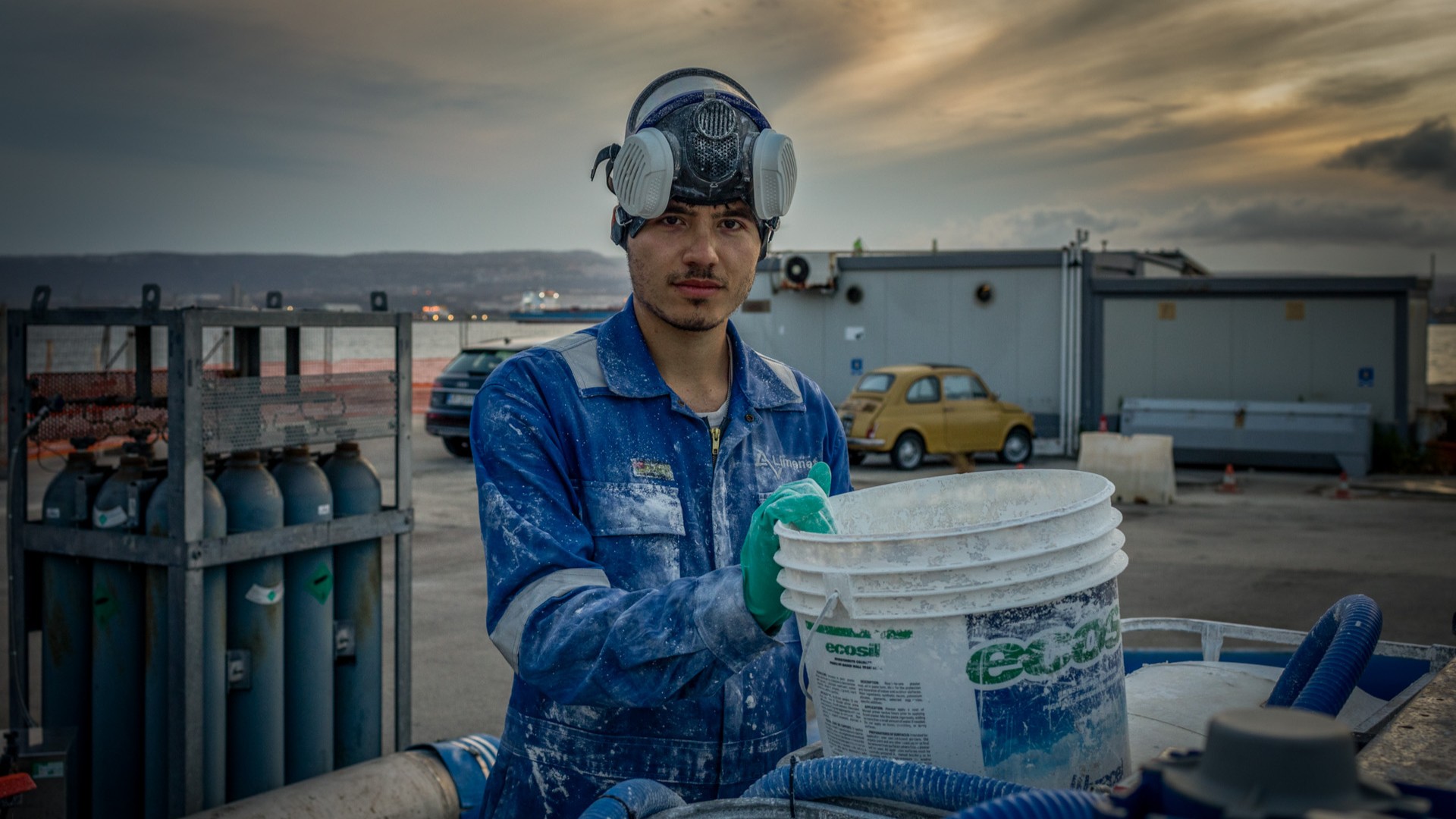
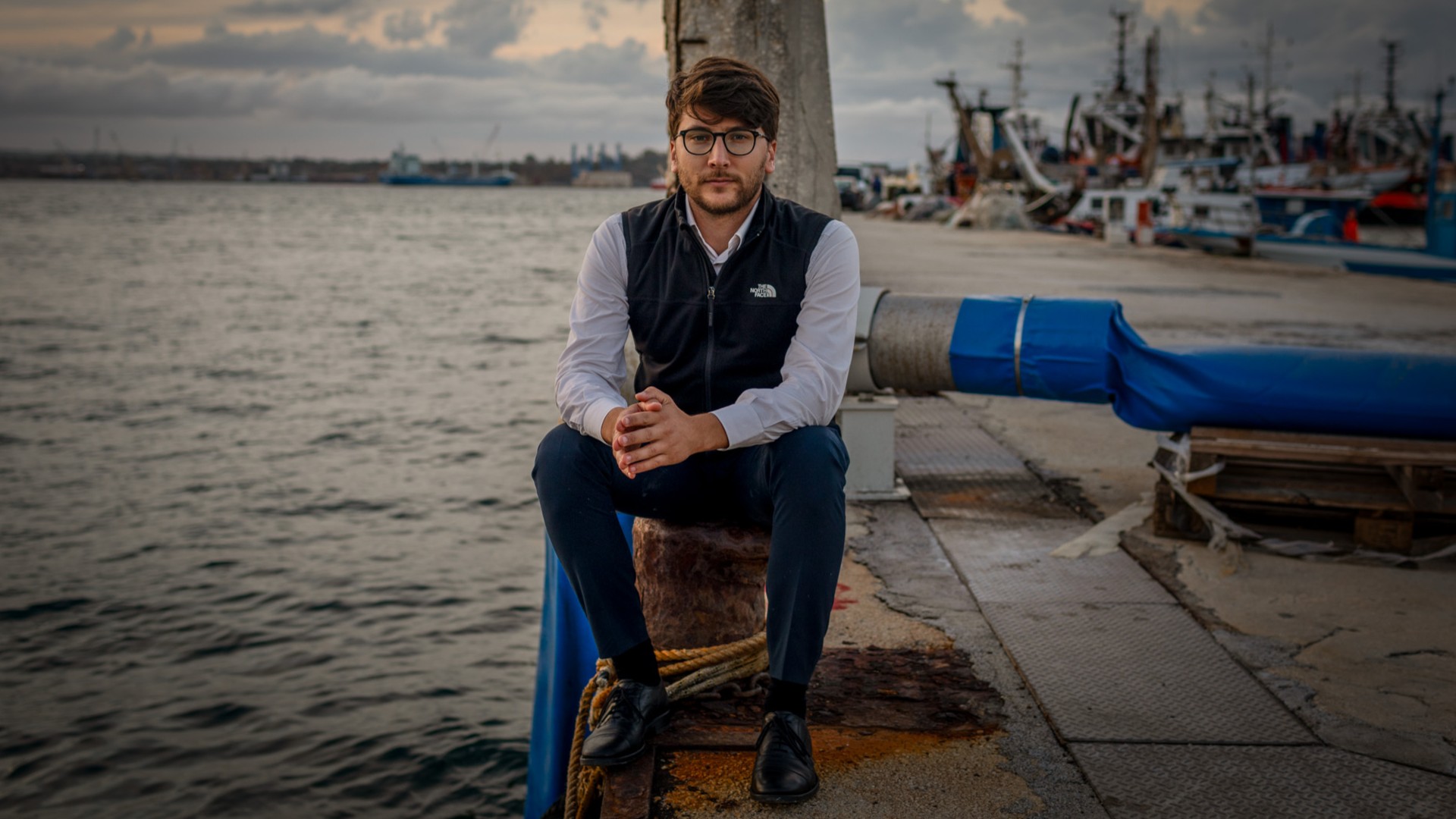



La Spezia storage project
Project overview
Limenet has designed and built a technological industrial prototype TRL 6
Metrics:
- Maximum production of 1 kg/h of decarbonized calcium hydroxide
- 1kg/h maximum CO₂ removal capacity in the form of calcium bicarbonates
- Total production of about 250 kg of decarbonized calcium hydroxide which was used to refill and produce the first negative CO₂ emissions. This was about 150 kg.
The plant was used to analyze the chemical stability of calcium bicarbonates over time and their qualitative effect on marine biota naturally present in sea water.
When
2023 - 2024
Where
La Spezia, Liguria, Italy
Partner
Hyrogas, Politecnico di Milano, University of Genoa, CSSN
Removal capacity
1 kg/h di CO₂
Scientific research goals
-
Test the chemical stability of calcium bicarbonate in seawater to assess the effectiveness of Limenet’s storage process. This analysis is carried out in collaboration with Politecnico of Milan.
-
Evaluate the potential impacts of Limenet's solution on marine biota by carrying out experiments on plankton and benthos, which are microorganisms at the base of the food chain. Limenet’s partner in this research is done is the University of Milan-Bicocca.
Scientific research results
The research on the chemical stability of calcium bicarbonate in seawater determined that the bicarbonates are stable in marine water if the overall carbon concentration in the final mixture does not exceed a critical threshold. Results can be found in this scientific article.



